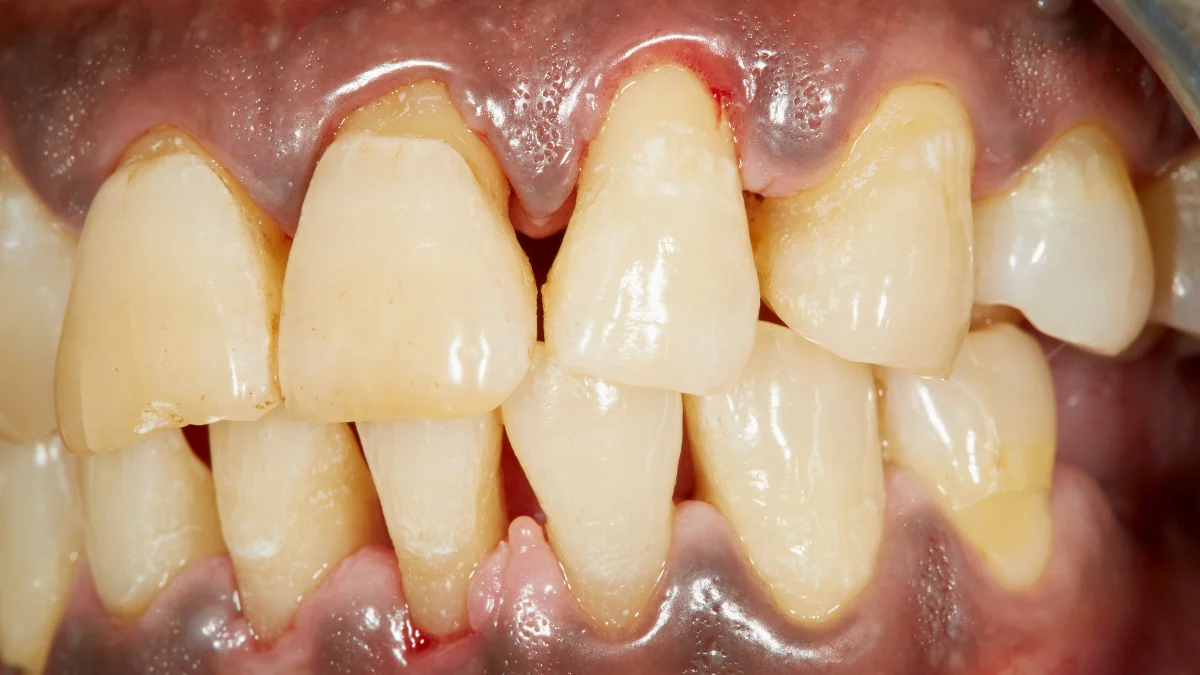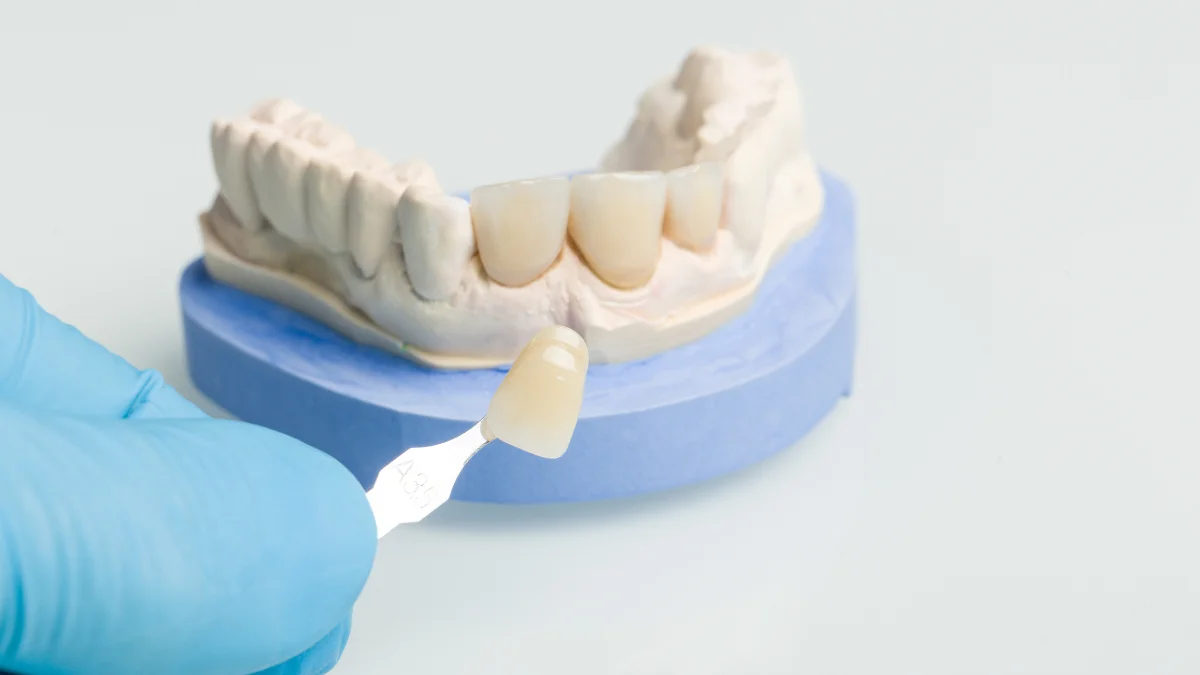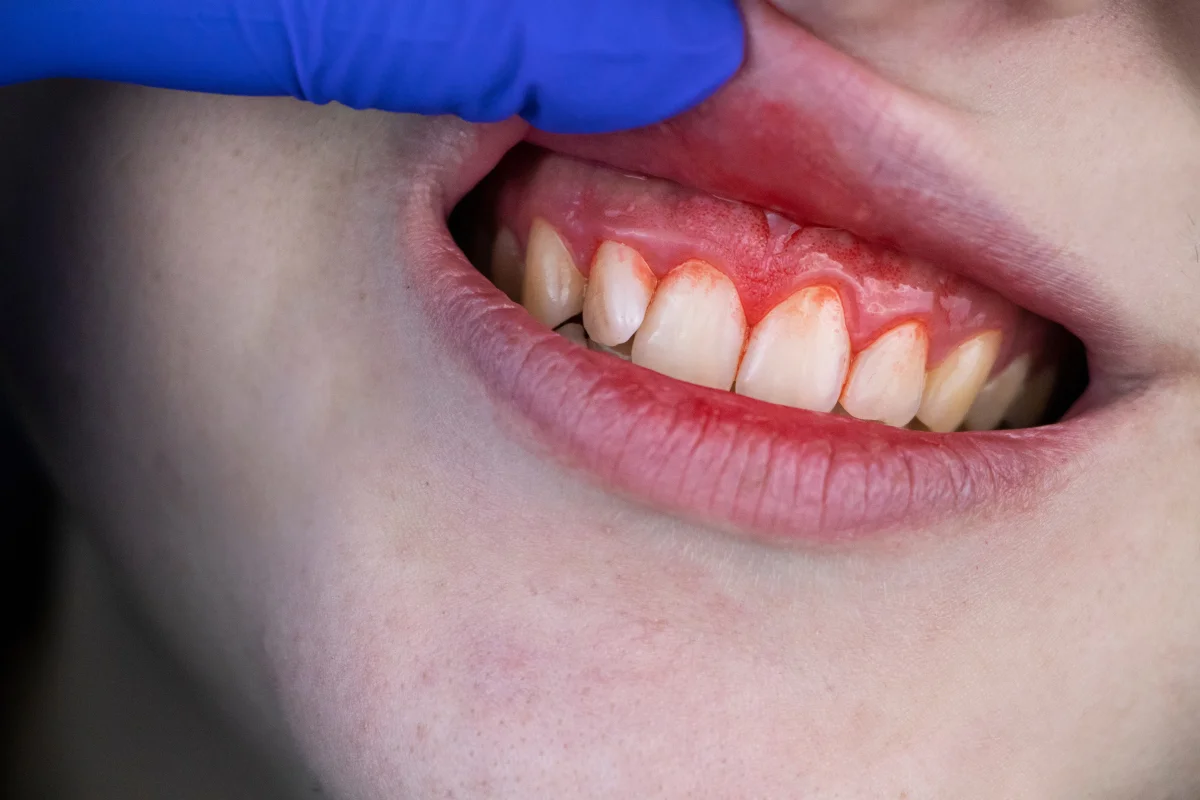Effective Gum Surgery Solutions in Woodbridge, Vaughan
Gum surgery, also known as periodontal surgery, is a dental procedure designed to treat and correct issues related to the gums and surrounding tissues. From addressing severe gum disease to reshaping the gumline for aesthetic purposes, gum surgery plays a vital role in restoring and maintaining oral health. If you’re considering gum surgery in Woodbridge, this procedure can dramatically improve both the function and appearance of your smile, ensuring healthier gums and enhanced confidence.


At Sunny Day Dental, we provide expert root canal treatments using the latest technology to ensure a comfortable and efficient experience:
- Experienced and Compassionate Team:Our dental professionals are highly trained and committed to providing gentle, patient-focused care.
- State-of-the-Art Technology: We use the latest dental technology to ensure accurate diagnoses and effective treatments.
- Comprehensive Dental Services: From preventive care to restorative treatments, we cover all aspects of general dentistry.
- Family-Friendly Environment: We cater to patients of all ages, making our practice perfect for the entire family.
What is Gum Surgery?
Gum surgery, also known as periodontal surgery, is a dental procedure designed to treat and correct issues related to the gums and surrounding tissues. From addressing severe gum disease to reshaping the gumline for aesthetic purposes, gum surgery plays a vital role in restoring and maintaining oral health. If you’re considering gum surgery in Woodbridge, consulting with gum specialists near you can ensure you receive expert care tailored to your needs. This procedure can dramatically improve both the function and appearance of your smile, ensuring healthier gums and enhanced confidence.
Common Types of Gum Surgery
There are several types of gum surgery, each designed to treat specific conditions:

This procedure is used to treat advanced periodontal disease. During the surgery, the gums are separated from the teeth, the underlying tartar and bacteria are cleaned out, and the gums are reattached to allow for proper healing.

A gingivectomy involves removing excess gum tissue that may be causing pockets between the teeth and gums, leading to gum disease. This procedure helps to reduce gum pockets and prevent further infection.

Gum grafting is used to repair receding gums by taking tissue from another part of the mouth and grafting it onto the affected area. This helps restore the gumline and protect exposed tooth roots.

This procedure reshapes the gums and sometimes the underlying bone to expose more of the tooth's surface. It’s often used to prepare the tooth for a crown or to correct a gummy smile.

Why is Gum Surgery Necessary?
Gum surgery is often performed to address severe gum disease, correct gum recession, or improve smile aesthetics. For expert care, trust a Woodbridge oral surgeon for effective treatment and lasting results.
Treating Gum Disease
In advanced stages of gum disease (periodontitis), the gums begin to pull away from the teeth, creating pockets that trap bacteria and lead to bone loss. Surgery removes infected tissue, cleans these pockets, and allows the gums to heal.
Correcting Gum Recession
Gum recession occurs when the gums pull away from the teeth, exposing the roots. This can lead to sensitivity, decay, and tooth loss. Gum graft surgery restores the gumline and protects the teeth from further damage.
Improving Smile Aesthetics
For patients with a “gummy smile” or uneven gums, gum surgery can contour the gumline and create a more balanced, attractive appearance.
When is Gum Surgery Needed?
- Persistent Gum Bleeding: If your gums bleed often when you brush or floss, it could indicate advanced gum disease.
- Gum Recession: Exposed tooth roots due to receding gums may require surgery to restore the gumline.
- Loose Teeth: Gum disease can lead to bone loss and loosening of the teeth, requiring surgical intervention to save your teeth.
- Chronic Bad Breath: Bacteria trapped in deep gum pockets can cause persistent bad breath, which may indicate the need for surgery.
Posted onTrustindex verifies that the original source of the review is Google. Very pleasant staff and very nice Doctor. He is very professional and has human touch in his approach and made my fear reduce of going to dentist. Highly encourage people to go for any dental issuesPosted onTrustindex verifies that the original source of the review is Google. I didn't see a dentist for 25 years. Them I went to Sunny Day Dental and now I look forward to seeing my dentist. No fear...No pain... and I csn actually talk to my dentist. He is a normal human. Love this place. Recommend it to everyone.Posted onTrustindex verifies that the original source of the review is Google. Visted Sunnyday team for my wisdom tooth , very experienced team , receptionist were very knowledgeable related to insurance and benefits and explained everything clearly. Will be my go to dentistry moving forward. I would recommend it.Posted onTrustindex verifies that the original source of the review is Google. Dr Manoj is very thorough and honest, he never recommends any procedure that he doesn’t believe in. If you are looking for an honest dentist, this is the one.Posted onTrustindex verifies that the original source of the review is Google. Dr C is amazing. Treatment was pain free. I highly recommend this dental clinic.Posted onTrustindex verifies that the original source of the review is Google. Friendly and experienced dentist. It's my 3rd time visiting.Posted onTrustindex verifies that the original source of the review is Google. This dental office is amazing!!! The staff are great always polite. They always make my son feel welcomed and relaxed.
Frequently Asked Questions
Q1. How long does it take to recover from gum surgery?
Initial healing typically takes 1 to 2 weeks, but full recovery may take up to 3 months, depending on the extent of the surgery.
